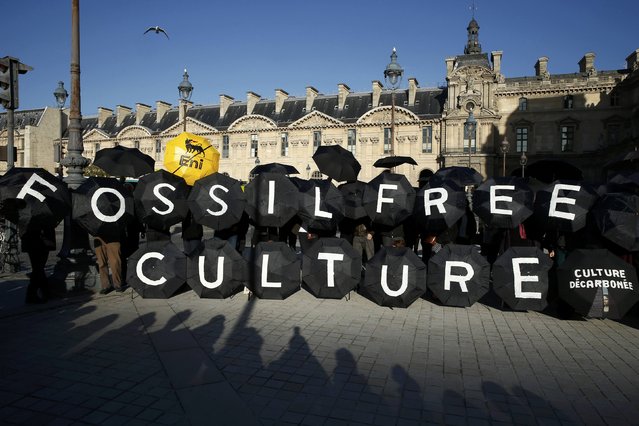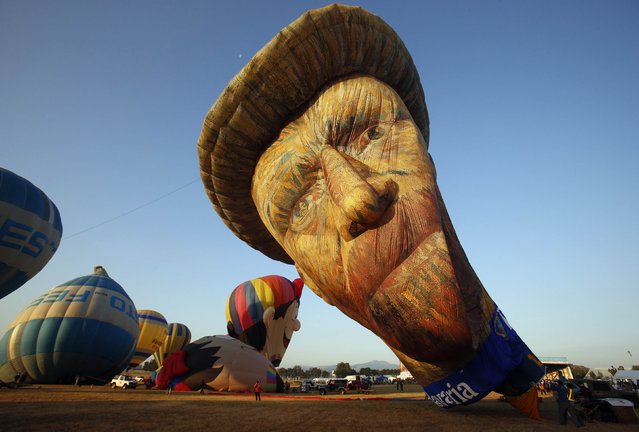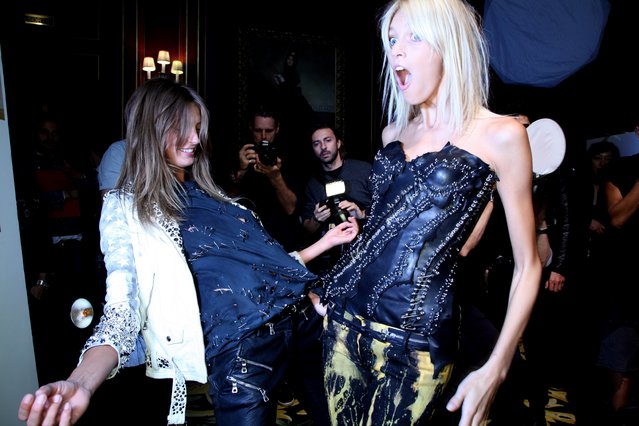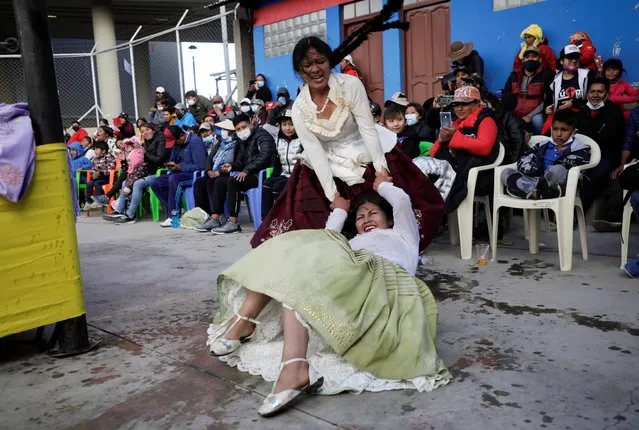
Sparks are thrown as an employee grinds the edges of a ski at the plant of Swiss ski manufacturer Stoeckli in Malters, Switzerland November 25, 2015. Stoeckli plans to produce some 1,000 pair of skis per year of a special edition for Swiss watch manufacturer TAG Heuer, a brand of LVMH Group. (Photo by Arnd Wiegmann/Reuters)
27 Nov 2015 04:52:00,post received
0 comments







